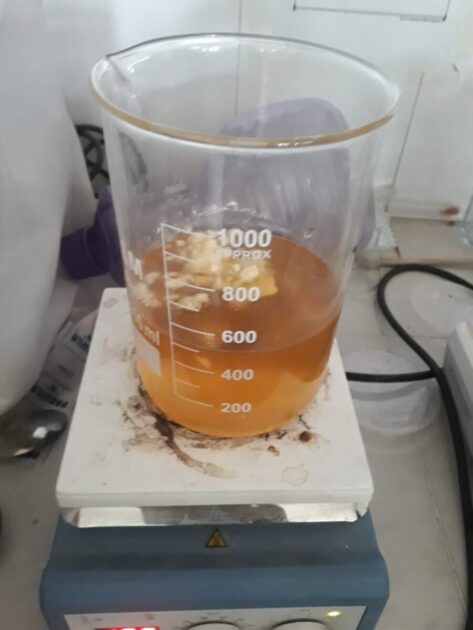Introduction
Agar agar, derived from seaweed, is a versatile gelatinous substance commonly used as a gelling agent in various applications, including laboratories. While Agar Agar Dissolution is typically a straightforward process, there are instances where it may present some challenges. In this post, we’ll try to explore the reasons behind these difficulties & offer effective solutions to ensure a smooth & successful dissolution of agar. Without any further delay, let’s briefly discuss Agar Agar Dissolution.
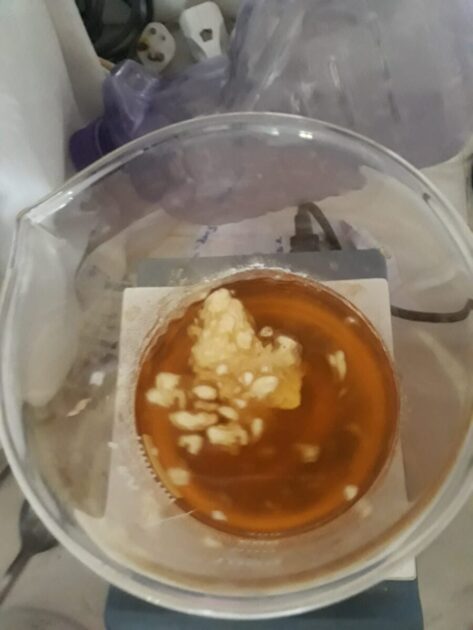
The Mystery: An Intriguing Agar Clustering Phenomenon:
One day in the lab, while preparing our special Potato Dextrose Agar (PDA), something fascinating occurred. We had purchased a new bottle of agar product from a reliable supplier from the chemical shop, and it turned out to be the key to this intriguing event.
As we combined the potato extract and dextrose in the solution and added the agar, we were taken aback to see a cluster forming in the mixture. It was a total surprise!
We were so thrilled by this discovery that we felt the need to conduct more investigation to learn why this was happening in the agar solution.
To answer the riddle we came across in the lab, we are now delighted to share our study with you in this post. Stay tuned for updates as we investigate this fascinating topic further!

Temperature Matters
To dissolve agar agar effectively, the key lies in the right temperature. Make sure to use hot water, ideally between 85-95°C or 185-203°F. The heat will help the Agar Agar Dissolution break down and blend seamlessly into the water.

Stirring for Even Dissolution
Proper agitation is crucial in ensuring the successful Agar Agar Dissolution. Especially when dealing with larger quantities, ensure that you stir the solution diligently to achieve a uniform distribution of the powder.
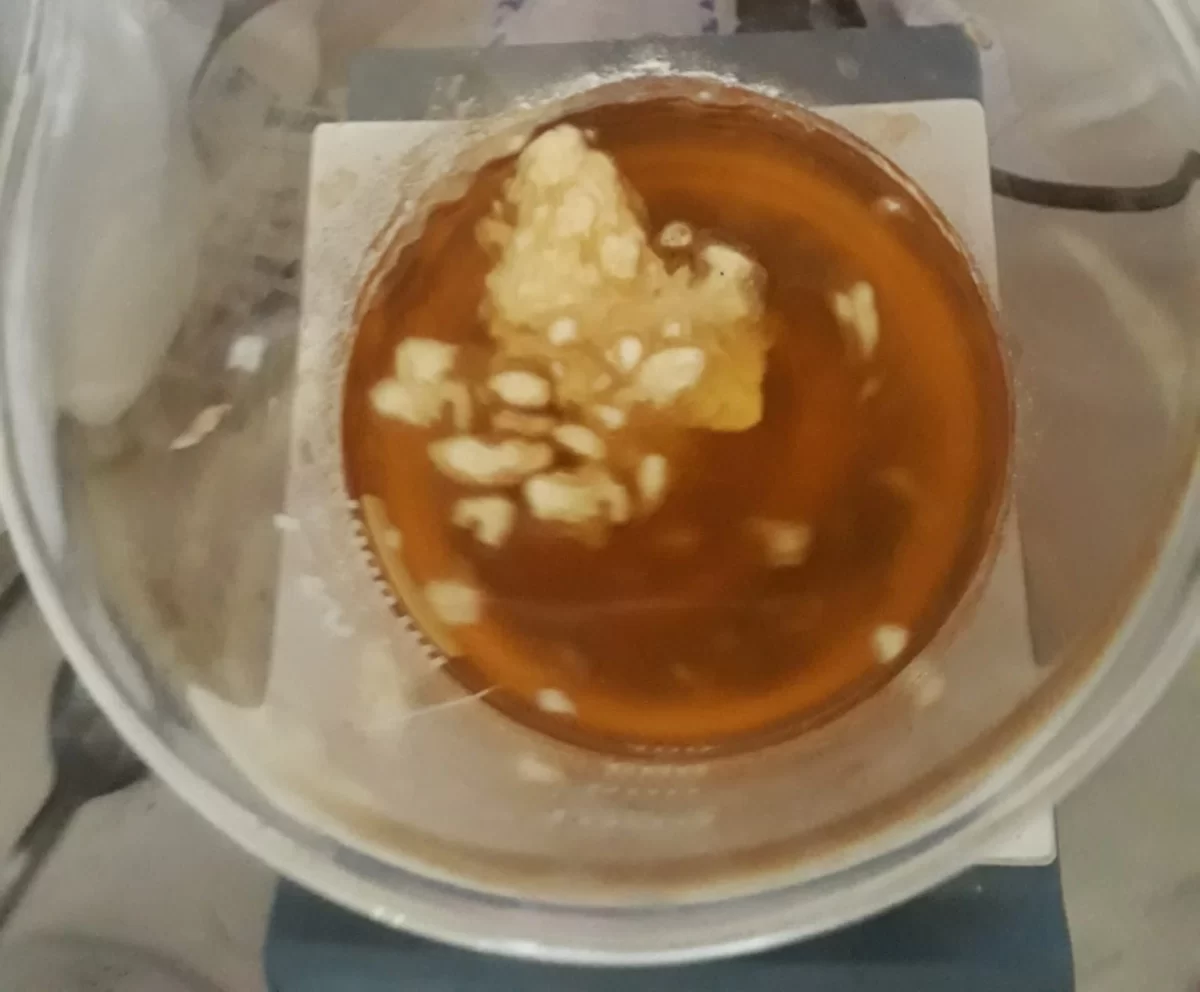
Mind the Proportions
To avoid complications during Agar Agar Dissolution, be mindful of the amount of agar agar used in proportion to the water volume. Using excessive agar agar can hinder its ability to dissolve correctly. Follow the recommended ratios or recipe for the best results.
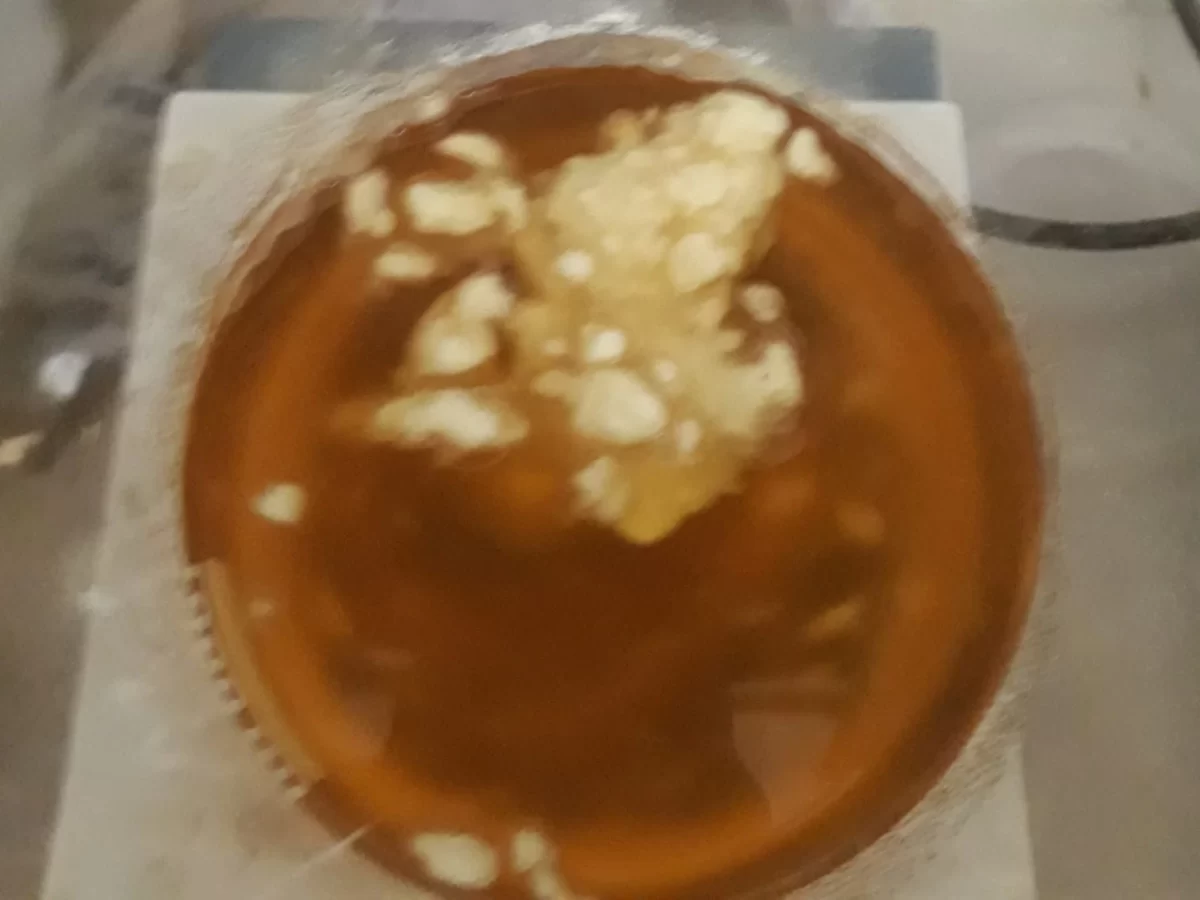
Contamination Concerns
In rare cases, agar agar may be contaminated with impurities or substances that affect its dissolving properties. Should you encounter this issue, Store or keep the product/item in a cool, dry place before using it to prevent this clumping phenomenon during Agar Agar Dissolution.

Prevent Clumping or Caking
When exposed to moisture via the air, agar has an impulse to clump together or form cakes. Make sure you’ve kept the product in a cool, dry place before using it to prevent this clumping phenomenon during Agar Agar Dissolution.

Consider the Quality
Although issues with the bought product of a reliable supplier, occasional issues with any product can occur. If you continue to face problems, it’s possible you received a faulty batch or encountered a manufacturing issue. Someone may have used a counterfeit or incorrect material, so it is essential to verify whether the substance present in the newly available product bottle is indeed agar. Confirm the authenticity of the substance in the product bottle to ensure genuine Agar Agar for successful Agar Agar Dissolution.

Methodical Problem-Solving
- Heat the Water to its Appropriate Temperature (185–203°F/85–95°C).
- Use hot water within the specified temperature range to aid the agar Dissolution process.
- Slowly add the Agar Agar Powder to the Hot Water While Stirring Continuously.
- Gradually sprinkle the agar agar powder into the hot water while stirring to prevent clumps.
- Continue Stirring Until the Powder Is Fully Dissolved:
- Keep stirring until the agar is completely dissolved to achieve a smooth solution during the Agar Agar Dissolution process.
If Issues Persist
Seek Support:
Contact Manufecturer’s customer support for expert assistance regarding Agar Agar Dissolution. They can guide or help you through the process or address any concerns regarding the product.
Explore Alternatives:
If difficulties persist, try using agar agar from a different batch or brand. This may help identify whether the issue lies with the product or the handling process enhancing your overall Agar Agar Dissolution experience.

Conclusion
Dissolving agar agar should not be a daunting task if you follow the right steps & tips in the sense of Agar Agar Dissolution. Remember that heat, proper agitation, and the right proportions play main roles in achieving successful dissolution. Should challenges persist, don’t hesitate to seek assistance from reliable suppliers like Sigma Aldrich. With these troubleshooting tips, you’ll be well-equipped to dissolve agar seamlessly, ensuring the best results for your applications.
Click To Read More About Agar
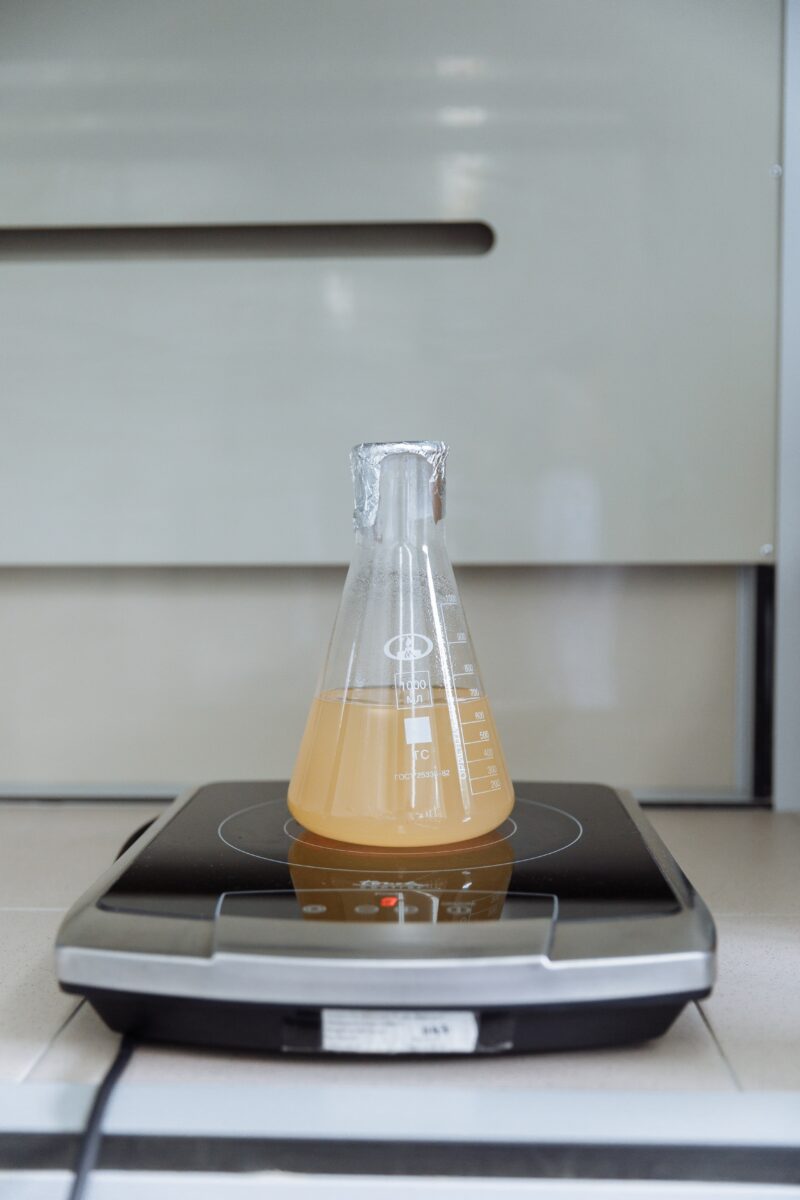
I have great confidence that this blog will be a valuable resource, inspiring all of you to explore the subject more deeply & conduct further research. Without any delay, I genuinely hope that our discussion on “Agar Agar Solutions: Mastering the Art of Smooth Dissolution” has proven to be helpful to each & every one of you.
Wishing you all the best in your pursuit of knowledge!

FAQ
Q: Is Agar Agar Safe to Use in Food Applications?
A: Yes, agar agar is considered safe for use in food applications and is a popular alternative to animal-based gelatin.
Q: Can I Dissolve Agar Agar in Cold Water?
A: While it is possible to dissolve agar in cold water, using hot water at the right temperature yields better results.
Q: What Other Applications Can Agar Agar Be Used For?
A: Apart from its culinary uses, agar agar is widely used in microbiology, plant tissue culture, and various industrial applications.
Q: How Long Does It Usually Take to Dissolve Agar Agar Completely?
A: The dissolution time may vary based on the quantity and type of agar used but typically takes a few minutes with continuous stirring.
Q: Can I Reuse Partially Dissolved Agar Agar?
A: It is best to avoid reusing partially dissolved agar agar, as it may not yield the desired results in subsequent applications.


